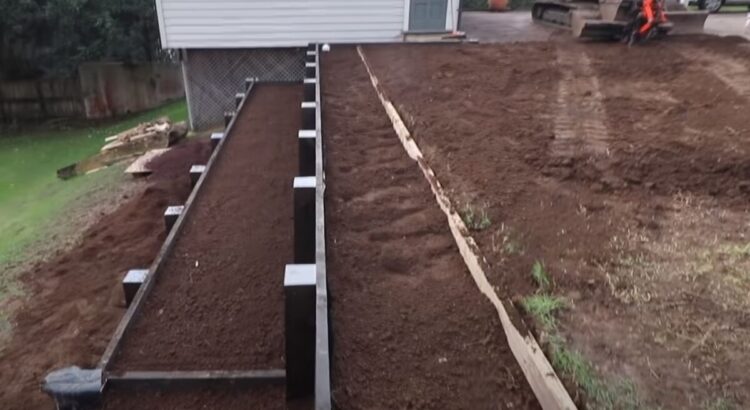Cost-Effective Retaining Wall Options in NZ
Retaining walls can add both function and aesthetic value to your property. While some people gravitate towards cost-effective timber walls, Auckland’s diverse landscape may require different solutions for different areas.
Influence of Auckland Suburbs on Retaining Wall Costs
For example, areas like Takapuna with its sandy soil may demand a more robust retaining wall solution, potentially impacting costs. On the other hand, in clay-heavy areas like Howick, other considerations may affect the choice and cost of retaining wall.
Worksafe Guidelines and Their Impact on Retaining Wall Costs
WorkSafe NZ regulations also play a role in influencing costs. If your site is close to a public area or roadway, safety precautions such as signage or barricades may be required during construction, affecting your project’s total cost.
Auckland Council Bylaws and Retaining Wall Expenses
Knowledge of local council regulations is crucial when planning a retaining wall. For instance, in the Henderson-Massey area, there are specific guidelines for work near water bodies that could impact your design choices and overall costs.
Alternatives to Wooden Retaining Walls
While timber retaining walls are a common choice in Auckland due to their cost-effectiveness, other materials such as concrete, stone, and gabion may provide different benefits. Although these materials may have a higher initial cost, they could prove more durable and require less maintenance over time.
Analysing Retaining Wall Material Costs
The cost of retaining walls can vary dramatically based on the materials used. Traditional timber walls can be a cost-effective choice, but options like concrete or interlocking blocks, while pricier, offer increased longevity and stability.
Safety Measures and Their Influence on Retaining Wall Costs
Abiding by NZ WorkSafe guidelines is essential, and can affect your project cost. For example, if your construction site is near a roadway, additional precautions such as traffic management may be necessary, adding to your total project expense.
Council Regulations and Their Effect on Retaining Wall Projects
Understanding local council regulations can help to navigate the cost of your retaining wall project. In the Whau area, for example, special regulations around trees might influence your choice of retaining wall type and placement, affecting the project’s overall cost.
Cost Comparisons of Retaining Wall Materials
Comparing the costs of different retaining wall materials can help you find the best solution for your budget. For example, a modular concrete wall may cost more initially, but it can often outlast a timber wall, reducing long-term maintenance costs.
Balancing Costs and Benefits of Retaining Wall Materials
Selecting the right retaining wall material is about balancing initial costs with long-term value. While timber walls are often the cheapest to build, options like stone or concrete can offer added resilience and durability, potentially offering better value over time.
WorkSafe Regulations and Retaining Wall Construction
Construction safety is crucial and complying with WorkSafe regulations can add to the cost of your retaining wall project. For instance, if your site is in a high-traffic area, implementing traffic management measures during construction could increase project expenses.
The Role of Local Regulations in Retaining Wall Costs
Being aware of local regulations can help you plan and budget for your retaining wall project. For example, in the Orakei area, there are specific guidelines regarding walls near the coastline which could impact your design choices and overall costs.
Evaluating Cost-Effective Alternatives for Retaining Walls
When considering alternatives to traditional timber retaining walls, it’s essential to consider both initial costs and ongoing maintenance. For example, while a gabion or interlocking block wall may be pricier upfront, their durability and low maintenance requirements could offer cost savings in the long run.
